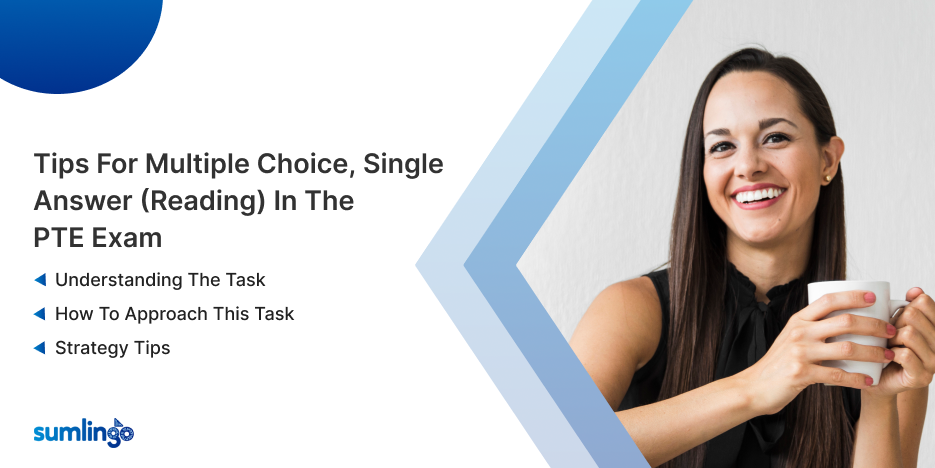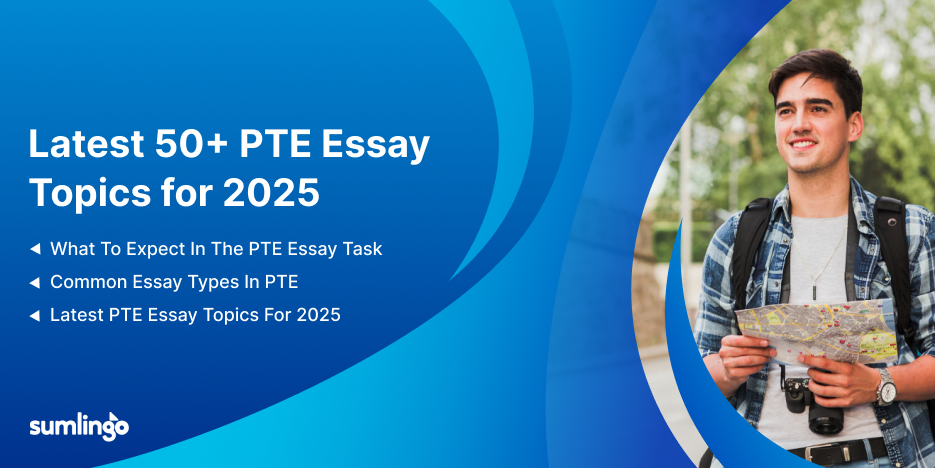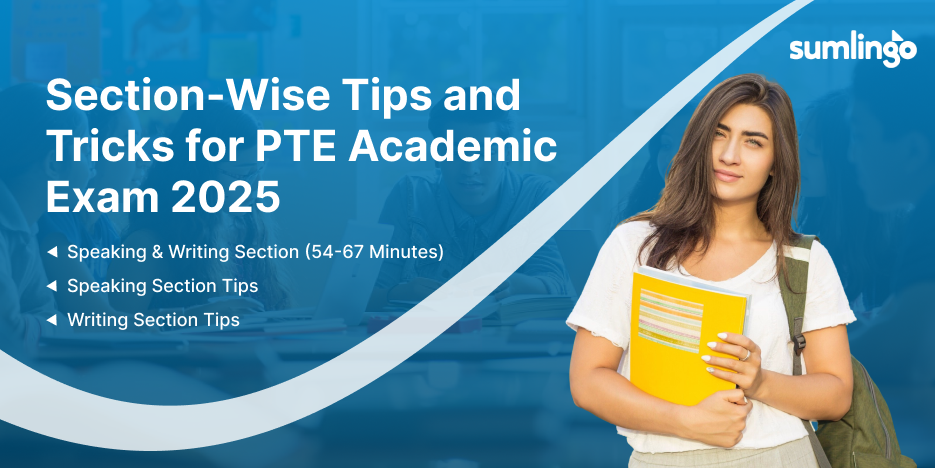The Multiple Choice, Single Answer task in the Reading section of the PTE Academic can be challenging. Unlike other question types, this one requires critical reading and precise comprehension of short academic texts. Selecting the wrong answer, even if it seems plausible, can result in zero points, as there is no partial credit
Understanding the Task
In this task, you will:
- Read a short academic passage (up to 300 words).
- Be presented with a multiple-choice question with several answer options.
- Only one answer is correct.
- Choose your response by clicking on it.
| Prompt Length | Skill Assessed | Time to Answer |
| Text up to 300 words | Reading | Not Applicable |
There is no time limit for this task individually, but efficient time management across the Reading section is crucial.
Scoring Criteria
Scoring for this question type is as follows:
- 1: for correct answer
- 0: for incorrect answer
How to Approach This Task
This question tests your ability to analyze, interpret, and evaluate information presented in written form. Here’s how to handle it step by step.
Are you ready to test your skills?
1. Read the Question Prompt Carefully Before the Text
The biggest mistake many test takers make is diving straight into the passage without
knowing what they’re looking for. The question or prompt tells you what kind of information to focus on understanding; this early can save valuable time.
Strategy Tip:
- Identify keywords or phrases in the question before reading the passage.
- Mentally note what type of answer is being asked: a fact, an opinion, the main idea, a cause-effect relationship, etc.
Example:
According to the passage, what is the primary reason for the decline in bee populations?
Here, focus on finding a reason, not just general information about bees.
2. Skim the Passage for Structure, Then Read in Detail
Once you understand the question, skim the passage to get an idea of its structure and what each paragraph is about, then go back and over the part that relates to the question.
Strategy Tip:
- Look out for signal words like however, therefore, for example, and in contrast, which often indicate important relationships or changes in ideas.
- Don’t try to memorize the whole passage but read with a purpose based on the question.
3. Eliminate Incorrect Options
Even before reading the full passage, some answer choices may stand out as unlikely based on your knowledge or the phrasing of the question.
Strategy Tip:
- Cross out options that are too extreme, too vague, or off-topic.
- Often, distractors’ wrong answers use wording directly from the text but twist its meaning. Always cross-check against the passage.
Example:
If the question is about the “author’s main point,” eliminate options that focus on minor details rather than the overall message.
4. Don’t Be Tricked by Familiar Phrases
Sometimes, the incorrect answer is phrased in a way that looks familiar or even comes directly from the passage. This is a common test tactic designed to distract you.
Strategy Tip:
- Always ask: Does this option directly answer the question?
- Just because something is mentioned in the text doesn’t mean it’s the correct response. It must answer the specific prompt.
5. When in Doubt, Make an Educated Guess
There is no negative marking for incorrect answers in this question type, so never leave a question unanswered. If you’re unsure, eliminate what you can and choose the most likely remaining option.
Strategy Tip:
- Trust your instincts if you’ve narrowed it down to two.
- Don’t spend more than 2–3 minutes on a single question. Mark your answer and move on.
Are you ready to test your skills?
Practice Question:
Effective disaster management involves more than just emergency response; it includes risk assessment, mitigation planning, preparedness, and recovery strategies. While governments typically lead these efforts, the role of local communities, non-governmental organizations, and private sectors is increasingly recognized as vital. Recent disasters have highlighted that top-down approaches alone are often insufficient, especially in densely populated or remote areas. Instead, integrating local knowledge and community-based preparedness programs has proven to enhance resilience and reduce long-term impacts. Moreover, investment in early warning systems and infrastructure strengthening has shown a significant return, both in lives saved and economic costs avoided. However, challenges remain in ensuring coordination among various stakeholders, maintaining funding, and adapting strategies to evolving threats, including climate change and technological risks.
According to the passage, which of the following best explains the key to improving disaster management outcomes?
- Increasing emergency funding and supplies
- Relying primarily on government-led responses
- Enhancing community involvement and coordination
- Reducing the number of stakeholders involved
- Avoiding investment in costly infrastructure projects
Correct Answer: C
Explanation of Correct Answer:
- C. Enhancing community involvement and coordination: The passage emphasizes that disaster management is more effective when it includes local communities, NGOs, and the private sector, rather than depending solely on top-down government responses. It also stresses the importance of integrating local knowledge and improving coordination among different groups.
Use Sumlingo practice software to prepare for the exam.










